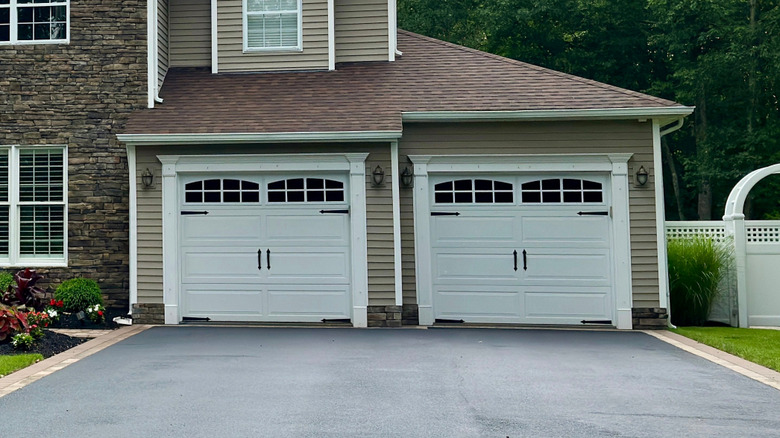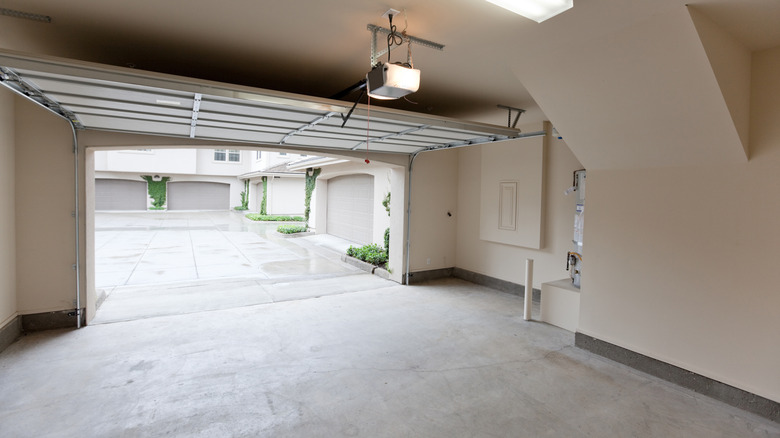The Dollar Tree Trick For Keeping Your Garage Cooler May Not Be Worth Your Time
Many of us are looking for ways to keep our garages cooler. It turns out, though, the DIY hack for reducing the heat in your garage with foam board from Dollar Tree might not be the best solution for most, according to experts. Despite this, the hack has become a go-to solution for homeowners seeking a quick fix against summer heat. However, the results aren't always as impressive as they seem. That's because thin, inexpensive boards may block some heat transfer, but unless they're cut precisely and sealed properly, they often act more like cosmetic panels than real insulation. The emphasis of this DIY is more focused on affordability and accessibility, rather than long-term effectiveness. Even though foam boards offer some insulating effect, studies have shown that insulation alone only goes so far without addressing other factors, such as ventilation and heat flow from the roof. A holistic approach is what really improves comfort and efficiency in a garage.
Another concern about the Dollar Tree hack is the potential for wear and tear to the garage door. Adding weight to the door, no matter how slight, can alter its performance, creating unnecessary strain that may reduce its lifespan. Home repair professionals often caution that even a few extra pounds can throw a door off balance. Plus, garages tend to heat up from multiple directions, not just the door. This is the main reason foam board may not make the difference you expect. So while the Dollar Tree hack can be a fun experiment and might shave off a degree or two, it's unlikely to be the game-changing solution homeowners hope for.
How the Dollar Tree garage cooling hack works (and its limits)
Regardless, if you're set on trying the foam board garage hack, the process is fairly simple. Measure your garage door panels, cut the boards to fit, and secure them with adhesive or tape. Using a thicker board from somewhere other than the Dollar Tree, ideally one designed to resist moisture, will give you the best chance of success. It's also smart to test one section of the door first rather than covering the whole thing at once, so you can see how your opener and springs handle the added weight. Keeping the boards snug is essential because gaps or loose fits can reduce whatever insulating value the material provides.
Still, even with a perfect installation, expectations should be realistic. HVAC experts generally agree that more effective cooling can be achieved by combining strategies such as ventilation, exhaust fans, and shading. Tackling a hot garage from multiple angles will help you cool your garage down better than a single quick fix. Similarly, examining long-held myths, such as the tall tale that cracking the garage door reduces cooling costs, will reveal that not every standard tip is actually worthwhile. In fact, research into passive cooling methods suggests that airflow and shading play a bigger role in maintaining manageable garage temperatures than thin layers of insulation ever will. In the end, the Dollar Tree foam board trick may yield a slight improvement, but it works best as part of a broader cooling plan rather than as the main solution.

